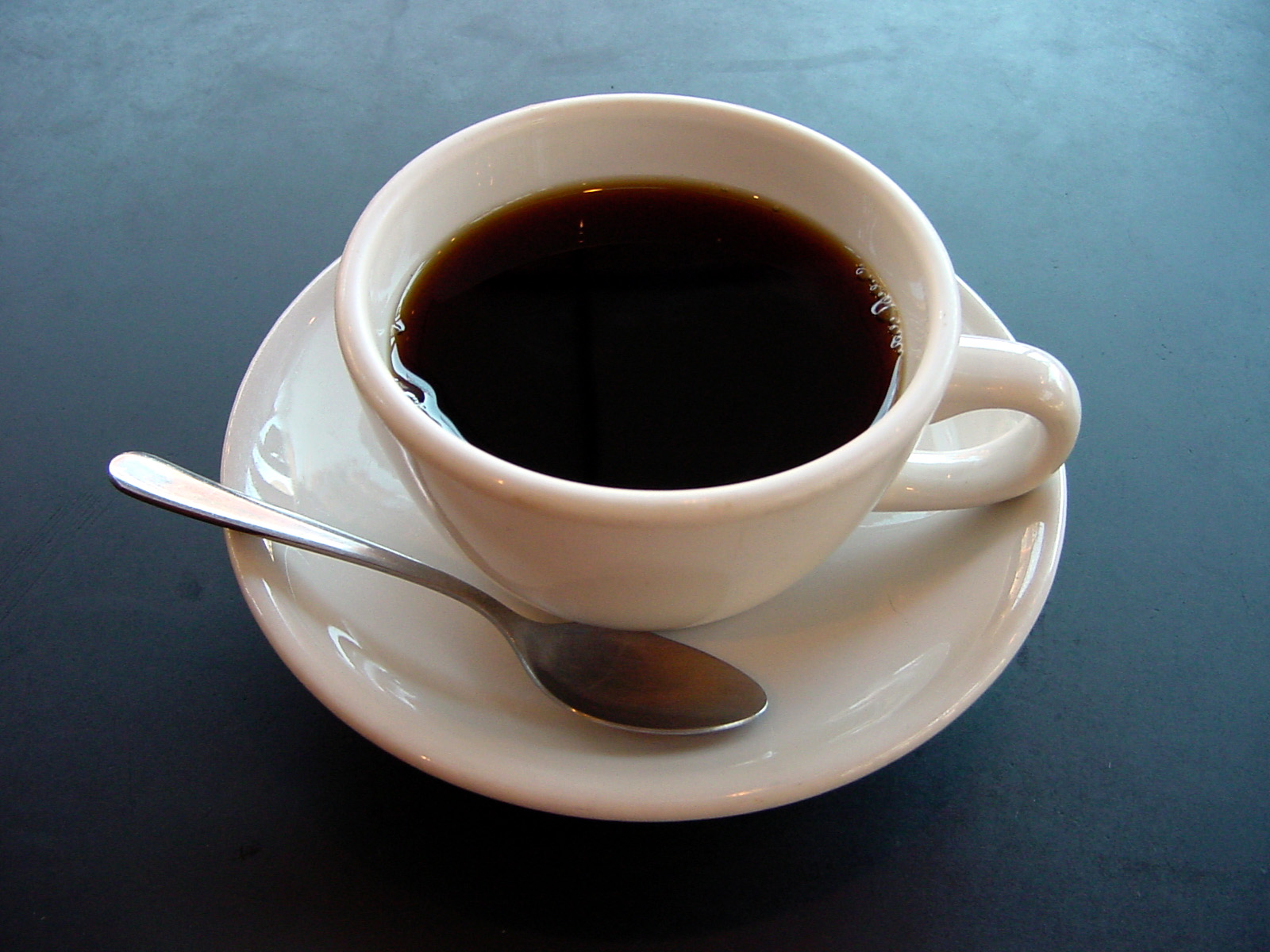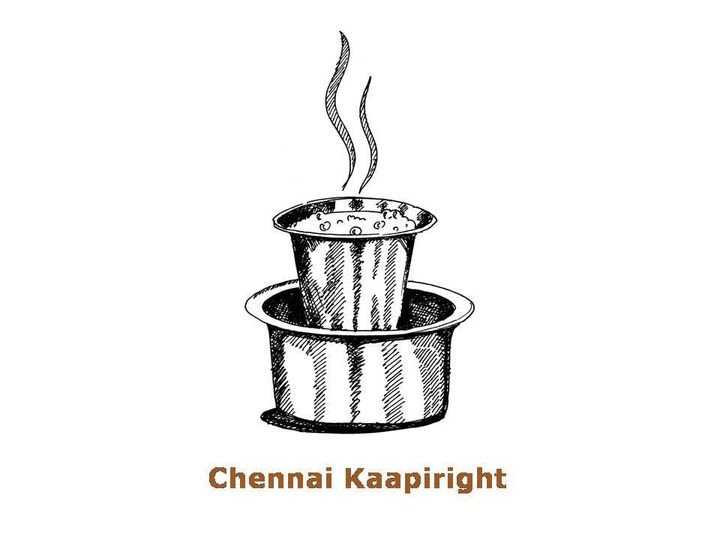The sun may rise in Chennai, when it will, but morning only arrives with the first whiff of coffee. Chennai’s affair with filter coffee or Kaapi is old news. Tamilians met coffee somewhere around the 19th century, fell head over heels and have stayed very much in love since.
The mighty bean, despite what some coffee lovers will tell you, is not indigenous to India. It travelled miles over land and sea before reaching Indian shores. It all started in Ethiopia in ancient coffee forests. But who on earth thought brewing the red beans was a good idea? The local legends credit a goat-herd called Kaldi for the feat. But really it was his goats.
Goats as you know, will chew through anything. Kaldi found that his goats refused to go to bed and made a lot of mischief on the nights they had grazed on certain red beans. Off Kaldi went to the local monastery to report this strange behaviour to the abbot. The abbot brewed the beans and drank the concoction, all in the name of science. He couldn’t sleep that night. The next morning all the monks in the monastery were told about the wonders of what would later be called caffeine.
News of the beans spread beyond Africa, all the way to Yemen in the Arabian Peninsula. By the 15th century coffee was being cultivated in the highlands of Yemen. As it gained more converts, religion sat up and took notice. Islam was the first. The Imams decided that any drink that good HAD to be evil, and banned it. However, coffee soon won them over, and a holy Fatwa quickly gave it religious sanction. It became the drink of saints and Sufi mystics. The Arabic name given to the brew was qahwa which today has morphed into the English word coffee.

By the early 16th century, Yemen was producing enough coffee for export. Shipments of baked or powdered coffee beans were sent far and wide, from the Yemeni port town of Mocha. Soon, coffee from Mocha would travel to Europe and meet chocolate. Someone called the delicious result Mocha. The name obviously stuck. In Europe, it was the turn of another religion to oppose coffee. This time round, it was Christianity. Should good Catholics drink a ‘Muslim drink’? It seems Pope Clement VIII tried it, loved it and graciously allowed all good Catholics to drink it too.
Coffee Houses soon became the hot and happening places in Europe. This was where all controversial topics were discussed threadbare. Inefficient kings were roundly scolded and corrupt churches were ripped apart. All this made Charles II very nervous and in 1675 he banned coffee houses in England. But by then, even his ministers were so addicted to coffee that the ban had to be hastily withdrawn. Some looked at coffee as a magic potion and believed it could “Expel Fumes out of the Head and cleanse the English-man’s Stomak of Flegm.” Why the average Englishman had all this strange stuff inside him in the first place, no one knows. Women were conveniently kept out of English coffee houses and naturally, they had a very different viewpoint. “This heathenish liquor made our men impotent!” screamed a woman’s petition against coffee. But there was no looking back for coffee.
In the meanwhile, business at the real Mocha was booming. Demand for coffee was exploding worldwide and Yemen had and held the coffee monopoly for 300 years! They were very protective of their raw coffee beans and smuggling any out of the country was a crime. That, of course, has never stopped anyone.
India’s own smuggler was a 16th century Sufi saint from Karnataka, called Baba Budan, who came back with seven coffee beans hidden in his beard, after his pilgrimage to Mecca. Much later, British colonizers in the 19th century commercialized the plant, introducing it to the rest of South India including Chennai. Soon India was producing enough coffee for export. Similar efforts worldwide, ended Yemen’s monopoly. Chennai soon met and embraced coffee with a generous amount of milk and sugar and never looked back.
But it wasn’t love at first sight. Initially, coffee did not find many takers here. The Brahmins decided to stand their ground against this invidious new drink. So they took to boycotting coffee houses and speaking long and passionately against coffee. But somewhere along the line, they tumbled headlong in love with coffee. Soon coffee became an indispensable part of a Brahmin household and took its place very comfortably among all the other age old rituals. Just look at the way coffee is served in Tamil Nadu; it comes in a steel davara-tumbler with a rim around the edges, unlike coffee mugs. That simple adaptation allowed persnickety drinkers to safely pour hot coffee straight into their mouths, without letting the tumbler touch their lips.

Today coffee purists swear by ’Kumbakonam Degree Coffee.’ What makes Kumbakonam the coffee Mecca? Truth be told, we don’t have an answer. Kumbakonam grows no coffee, is not particularly famous for its milk and the sugar you buy there is just the same as anywhere else. So how did Kumbakonam become the first name in filter coffee? One wonders if it might have anything to do with Kumbakonam being a temple town, which is lined with many Agraharam houses, which are populated by many Brahmins, who perhaps drink way too much coffee?
During the British rule, there was a popular coffee chain called the India Coffee house. It closed down in the 1950’s, leaving its workers jobless. That’s when Comrade Gopalan Nambiar, a well known Trade Union leader took charge and got the coffee shops transferred to workers co-operatives. He gave it a brand new name – Indian Coffee House. It is still going strong with over 400 branches across the country.
That said, coffee consumption in India still pales in comparison to tea and India, is decidedly a tea drinking nation. For now.
If you are a Tea aficionado, then you might like this story –How the English fell in love with Tea.
For a chance to taste this delicious drink and other delicacies, book yourself a spot on our Food Trail here.
Archives
- January 2022
- December 2021
- November 2021
- August 2021
- March 2021
- February 2021
- January 2021
- December 2020
- November 2020
- October 2020
- September 2020
- August 2020
- April 2020
- March 2020
- February 2020
- January 2020
- November 2019
- October 2019
- September 2019
- August 2019
- July 2019
- June 2019
- August 2017
- February 2017
- January 2017
- October 2013
Featured Posts
- Tales that pots tell: Keeladi excavations AUGUST 18, 2021
- The Last Grand Nawab: Wallajah FEBRUARY 10, 2021
- How Tej Singh became Raja Desingu of Gingee FEBRUARY 5, 2021
- How Shahjahan seized the Mughal throne JANUARY 28, 2021
- Alai Darwaza – Qutub Minar Complex, Delhi NOVEMBER 21, 2020
- Marking History through British buildings NOVEMBER 17, 2020
- The last great queen of Travancore NOVEMBER 7, 2020
- Brahmi and the evolution of scripts OCTOBER 15, 2020
- The Cambodian King of Kanchipuram OCTOBER 14, 2020
- James Prinsep – the man who read the writing on the wall OCTOBER 10, 2020
- Mariamman – the Village Goddess who travelled SEPTEMBER 30, 2020
- Misnamed Monuments of Mamallapuram SEPTEMBER 28, 2020








